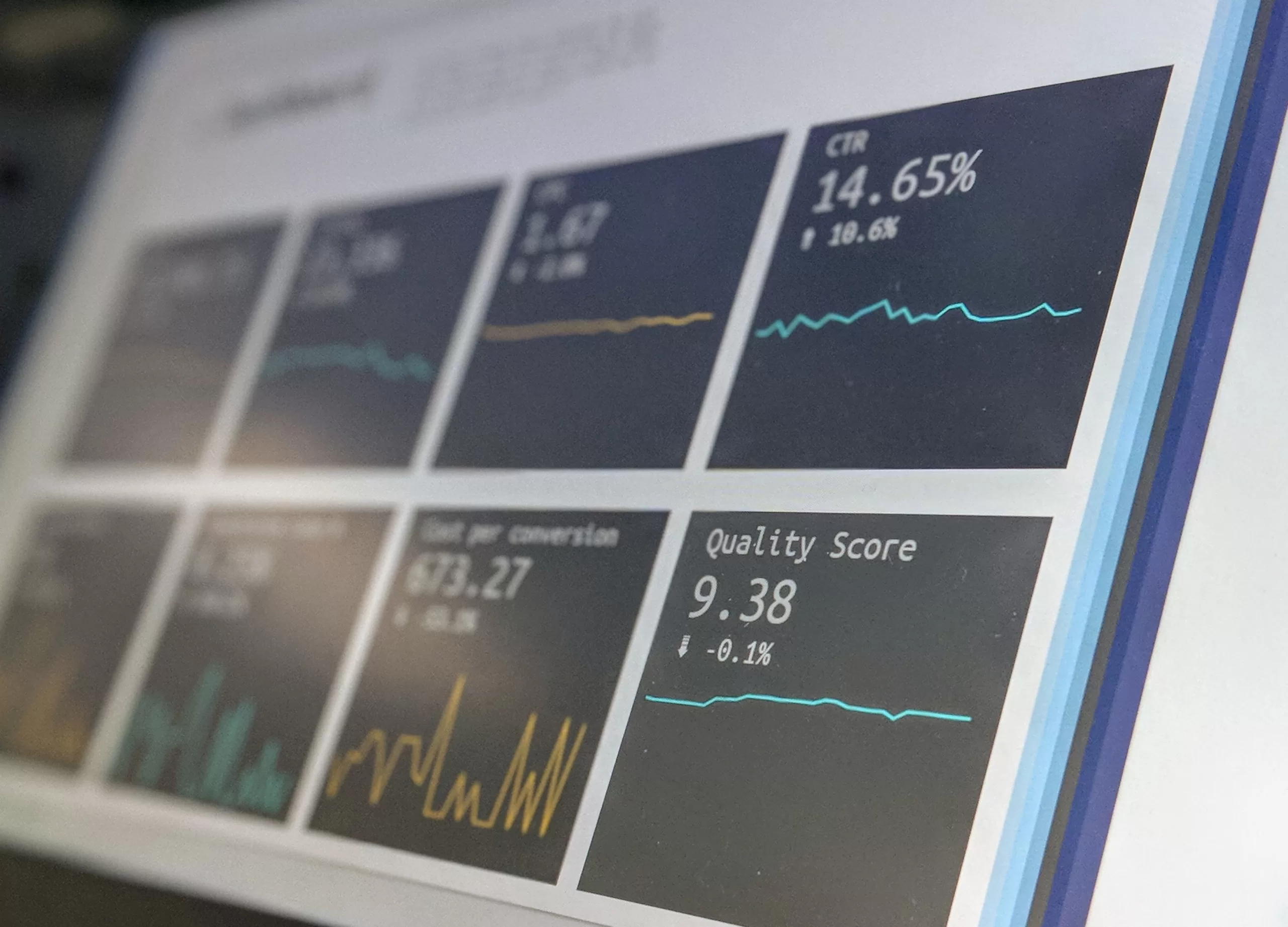No products in the cart.
Welcome to our comprehensive guide on conducting market analysis for your retail business. In today’s highly competitive market, understanding your target audience and staying ahead of industry trends is crucial for success. In this article, we will explore the importance of market analysis, how to define your target market, collect and analyze market data, and utilize the findings to develop effective business strategies. So, let’s dive in and unlock the power of market analysis for your retail business.
Importance of Market Analysis for Retail Businesses
Market analysis plays a vital role in the success of retail businesses. It provides valuable insights into consumer behavior, preferences, and purchasing patterns. By conducting thorough market analysis, retail businesses can make informed decisions, identify new opportunities, and stay ahead of the competition. Understanding consumer needs and desires is key to tailoring your products, services, and marketing strategies to effectively engage your target market.
Defining Your Target Market
One of the first steps in market analysis is defining your target market. This involves identifying the specific group of consumers who are most likely to be interested in your products or services. By clearly defining your target market, you can tailor your marketing efforts to reach the right audience and maximize your return on investment. Consider factors such as demographics, psychographics, and buying behavior when segmenting your target market.
Collecting and Analyzing Market Data
Collecting and analyzing market data is a crucial aspect of market analysis. This involves gathering relevant information about your target market, competitors, and industry trends. Conduct surveys, interviews, and focus groups to gather primary data. Additionally, leverage secondary data sources such as industry reports, market research studies, and online databases. Analyze this data to gain valuable insights into consumer preferences, market trends, and opportunities for growth.
Understanding Competitors and Industry Trends
Understanding your competitors and staying updated on industry trends is essential for retail businesses. Analyze your competitors’ strengths, weaknesses, and strategies to identify opportunities for differentiation. Monitor industry trends such as emerging technologies, consumer preferences, and market shifts. By staying informed, you can adapt your business strategies to stay ahead of the competition and meet evolving consumer demands.
SWOT Analysis for Retail Businesses
A SWOT analysis (Strengths, Weaknesses, Opportunities, and Threats) is a powerful tool that helps retail businesses assess their internal strengths and weaknesses, as well as external opportunities and threats. Conducting a SWOT analysis enables you to identify areas where you excel, areas that need improvement, potential growth opportunities, and potential risks. This analysis serves as a foundation for developing effective business strategies to capitalize on strengths and mitigate weaknesses.
Applying Market Analysis Findings to Business Strategies
Once you have gathered and analyzed market data, it’s time to apply the findings to your business strategies. Use the insights gained from market analysis to develop targeted marketing campaigns, refine your product offerings, and enhance customer experience. By aligning your business strategies with market analysis findings, you can make data-driven decisions that resonate with your target market and drive business growth.
Conclusion
In conclusion, market analysis is a crucial element for the success of retail businesses. By understanding your target market, collecting and analyzing market data, and staying updated on industry trends, you can make informed decisions and stay ahead of the competition. Utilize the power of market analysis to develop effective business strategies that resonate with your audience and drive growth. Remember, continuous market analysis is key to adapt to changing consumer preferences and market dynamics.


